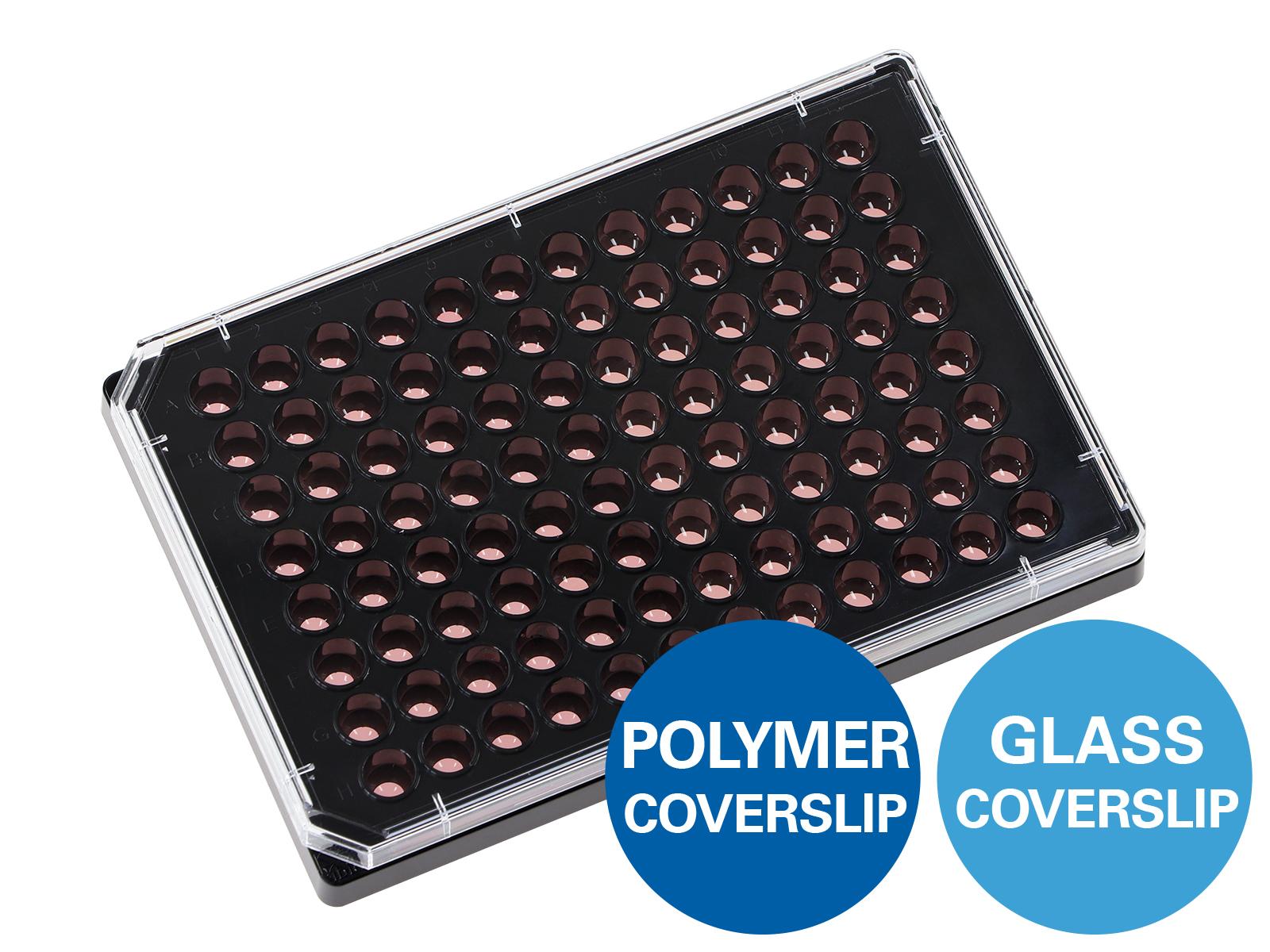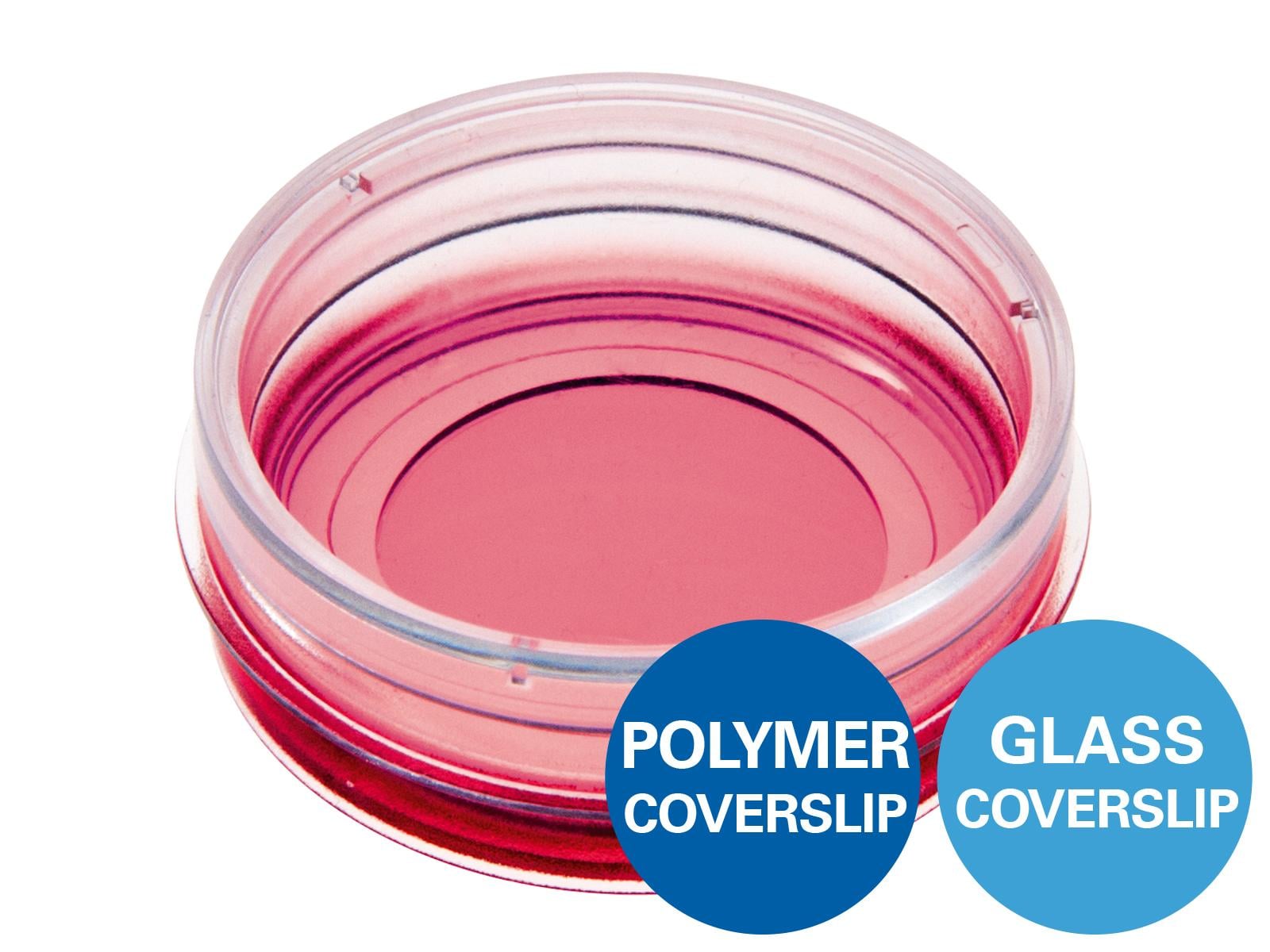Motility in Microgravity
The ibidi µ-Slide I Luer 0.8 on the ISS
In this video, we take you aboard the International Space Station (ISS) for a unique look at how scientists prepare and observe microscopic life in microgravity. Using the ibidi µ-Slide I Luer 0.8, astronauts conduct a step-by-step protocol to study single-celled, flagellated eukaryotes under a custom-built digital holographic microscope designed specifically for space research.
The procedure includes centrifugation of the biological sample to remove air bubbles, careful extraction and filling of the channel of the µ-Slide, loading of the sample into the microscope, and digital holographic imaging.
Due to the holographic microscopy method used, image resolution is limited, but sufficient to analyze motility and movement patterns of Euglena gracilis in a zero-gravity environment. These experiments help deepen our understanding of how microorganisms adapt and behave outside Earth’s gravity. (Video source: NASA)
Learn more about the ibidi µ-Slide I Luer 0.8




